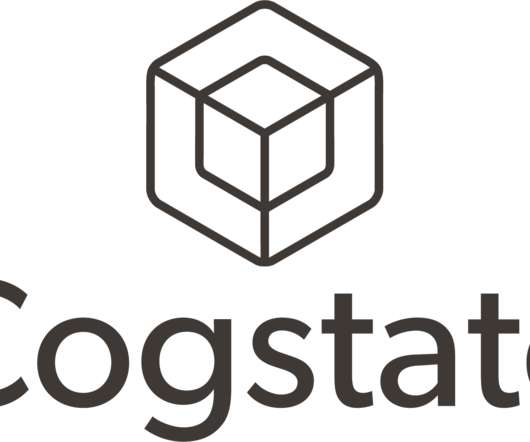Gene Silencing Porphyria Treatment, Givlaari, Finally Wins Over England’s NICE Amid Stellar Long-Term Data
XTalks
OCTOBER 26, 2021
After initial rejection from the National Institute for Health and Care Excellence (NICE) last year, the non-departmental public body of the Department of Health in England has now given the green light to the gene silencing treatment Givlaari (givosiran) for the treatment of the rare metabolic disorder, acute intermittent porphyria (AIP).














Let's personalize your content